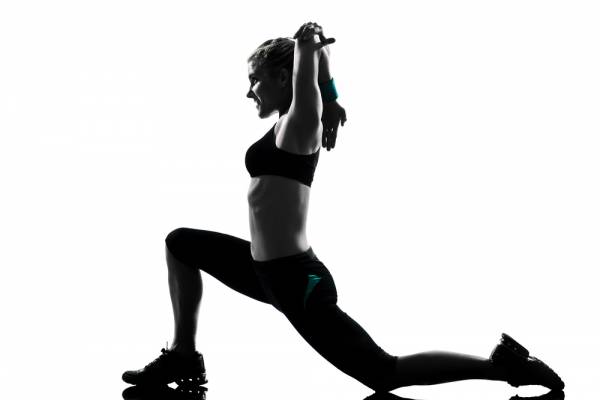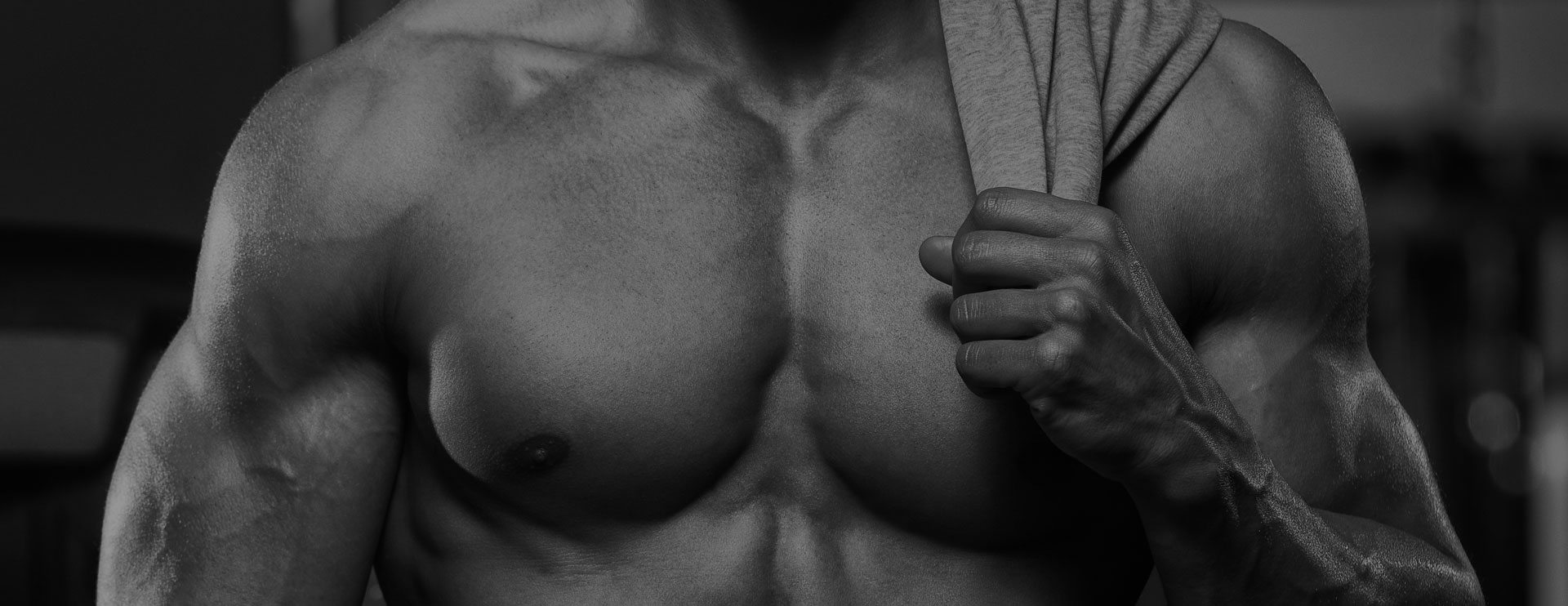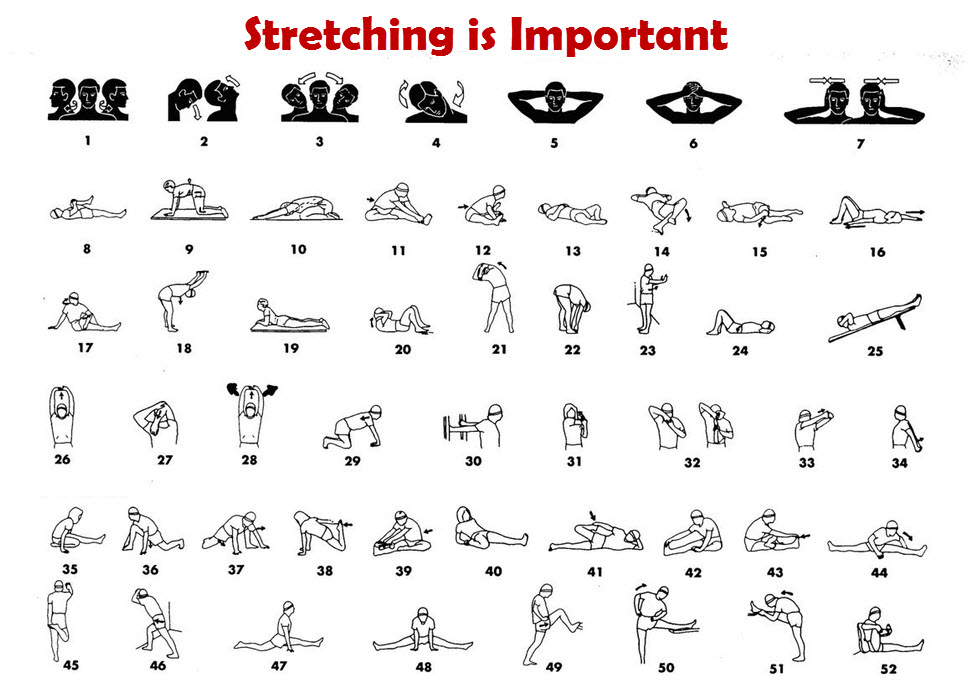
08 Feb Stretching and flexibility
Stretching and flexibility
Before or after you do any kind of exercises you should always consider stretching. This is important for you to warm up your body and muscles and important for your muscles at the end of your work out. This isn’t only good for your body but it is also good for your mind. If you do flexibility work properly it can make you very calm and relaxed. A good time do include this in your day is before you go to bed, it can help you sleep better. It helps your body convalesce and stimulate.
In ways that stretching is beneficial is one of which it decreases risk of injury. It will help with your muscles to have a greater nutrient supply. Overall this then helps with reducing muscles soreness and speeds up any recovery from muscles and joint injuries. It can also help improve your energy levels. For example, if you’re have a long boring day and is struggling to stay awake then why don’t you consider stretching for a sudden boost of energy which could help your mind and body being more vigilant. Also, when we are tired our muscles tighten that will make us feel more sluggish.
Different types of stretching:
Static Stretching – This one is known to be the most common technique. This is when you extend the target muscle group to its maximal point and then you need to be able to hold it for 30 seconds’ minimum. There are two types of static stretching one of which is passive: this applies added force by someone for example a friend or partner. Then the other one would be active: this would be just added force by you for greater strength.
Ballistic stretching – With this type of stretching you need to be extremely careful as it may increase the risk of injury. The reason for this is because it is normally used for athletic drills and utilizes bouncing movement to stretch the targeted muscle group. As long you are careful with this technique then this is a great one to try.
Dynamic stretching – this technique requires the use of continuous movement patterns. The purpose of dynamic stretching is to improve flexibility for a certain sport or activity.
Proprioceptive neuromuscular facilitation (PNF) – With this, there are 3 types of techniques that capitalizes on the use of autogenetic and reciprocal inhibition. One of them is:
- Hold-relax
- Perform a passive 10-second pre-stretch
- You need to hold and resist force applied by the personal trainer, causing an isometric contraction in the target muscle group, do this for 6 seconds.
- Then relax the muscle group and allow a passive stretch; hold for 30 seconds to increase range of motion this is known for ROM.
- There should be a greater stretch during this final phase due to autogenic inhabitation.
Active isolated stretching – With this technique it is only held for 2 seconds at a time. You need to perform repeatedly for several repetitions, meaning each time exceeding the previous point of resistance by a few degrees.



No Comments